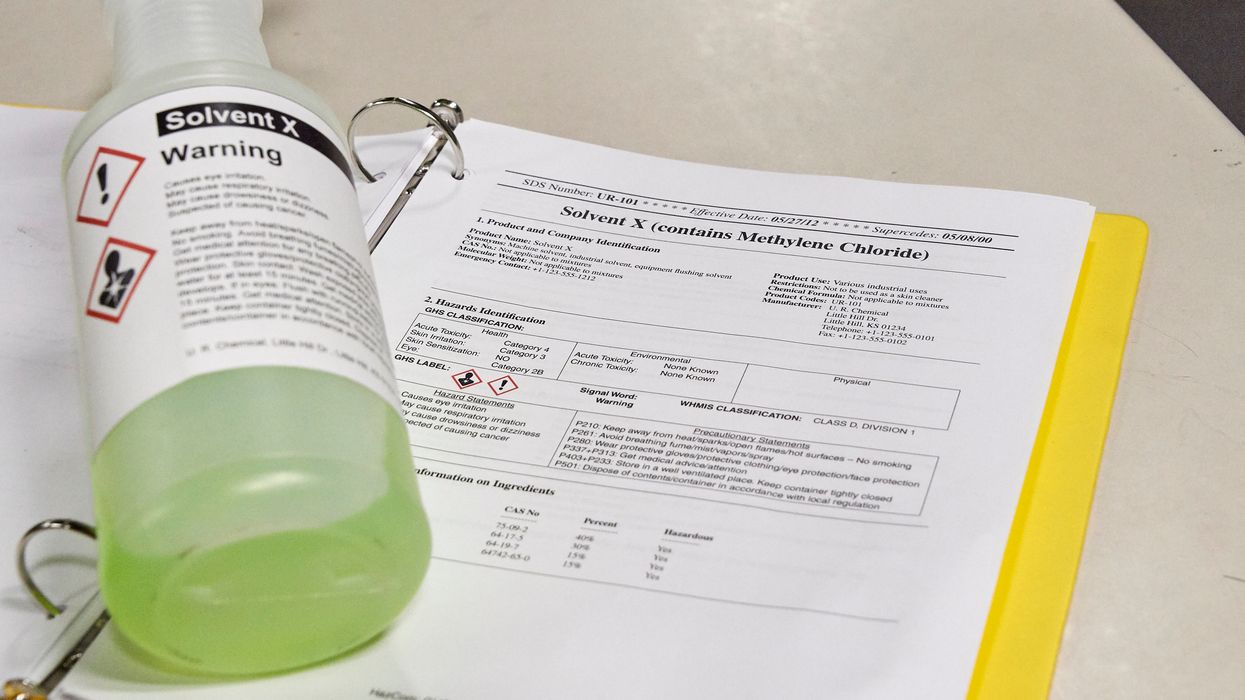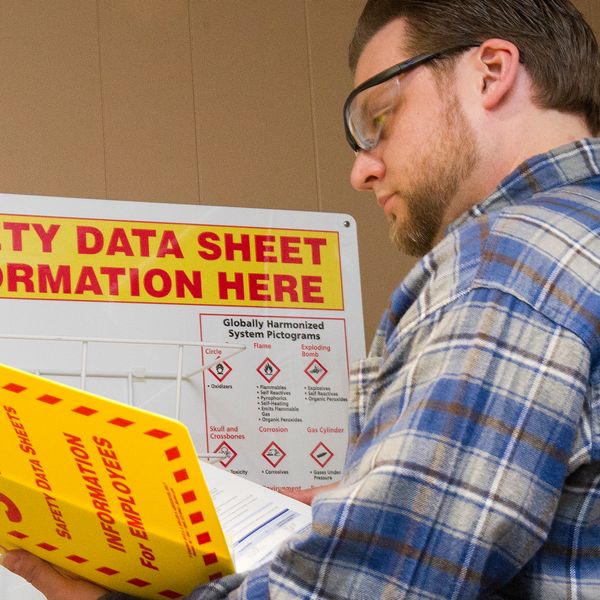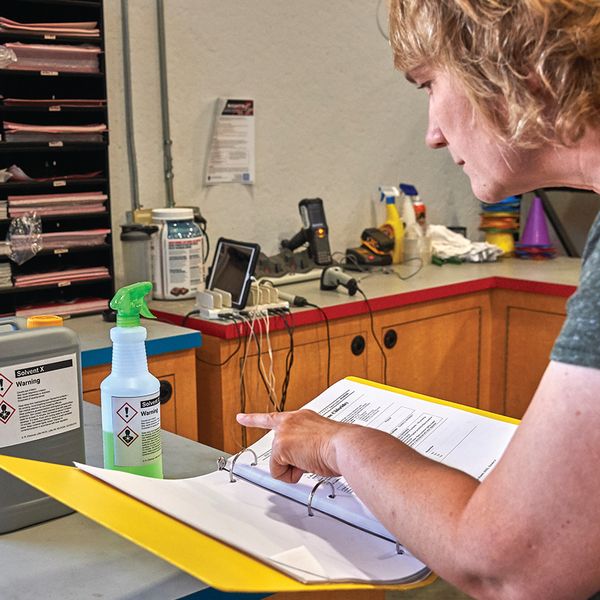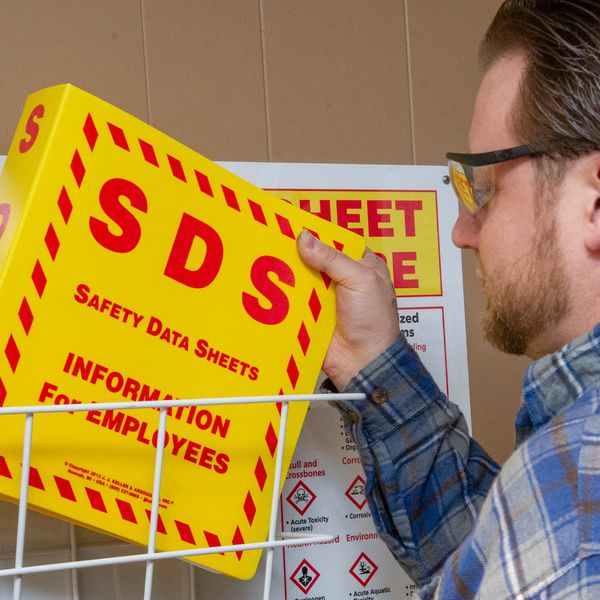Do you need an SDS for that?
Cleaning products, office supplies, gasoline, paint … the list of manufactured items could probably go on indefinitely. As an employer, how do you know if you’re required to have a Safety Data Sheet (SDS) for a product?
OSHA’s Hazard Communication (HazCom) Standard requires employers to maintain an SDS for each hazardous chemical used in the workplace. The standard covers “any chemical which is known to be present in the workplace in such a manner that employees may be exposed under normal conditions of use or in a foreseeable emergency.” Most chemicals used in the workplace have some hazard potential and will be covered by the standard.
First, some exemptions
There are some exemptions from HazCom in 1910.1200(b)(6). If the product falls under any of the exemptions, no SDS is required. Some examples include food or alcoholic beverages that are sold, used, or prepared in a retail establishment; drugs in solid, final form for direct administration to the patient; and consumer products.
The consumer product exemption at (b)(6)(ix) can be confusing. These products are exempt from HazCom where the employer can show they’re used in the workplace for the purpose intended by the chemical manufacturer or importer, and the use results in a duration and frequency of exposure which is not greater than the range of exposures that could reasonably be experienced by consumers when used for the purpose intended. It’s possible that you could have some consumer products that require an SDS and some that don’t, depending on their use. For example, if a cleanser is used occasionally by employees to wipe down their desk, that would meet the consumer use exemption. If that same cleanser is used for custodial or janitorial purposes, where its use exceeds that of a typical consumer, you need an SDS for it.
OSHA considers most office products (such as pens, pencils, and adhesive tape) to be exempt from HazCom either as articles or as consumer products. OSHA also has stated that intermittent or occasional use of a copy machine does not result in coverage under the standard. However, if an employee handles the chemicals to service the machine, or operates it for long periods of time, then HazCom applies, and the employer must follow the requirements of the standard.
Does it meet the definition of hazardous chemical?
If the product doesn’t fall under any of the exemptions in (b)(6), the next step is to determine whether it meets the definition of hazardous chemical in 1910.1200(c): “Hazardous chemical means any chemical which is classified as a physical hazard or a health hazard, a simple asphyxiant, combustible dust, or hazard not otherwise classified.”
The hazardous nature of the chemical and the potential for exposure are the factors that determine whether a chemical is covered. If the chemical is not hazardous per OSHA’s definition at 1910.1200(c), it’s not covered by the standard.
If there’s no potential exposure, the chemical is not covered by the standard. Under HazCom, “exposure or exposed” means that an employee is subjected in the course of employment to a hazardous chemical, and includes potential (e.g., accidental or possible) exposure. “Subjected” in terms of health hazards includes any route of entry (e.g., inhalation, ingestion, skin contact, or absorption).
If the product meets the definition of hazardous chemical, an SDS is required. It must contain the information outlined in Appendix D to 1910.1200.
Key to remember: Products that meet the definition of hazardous chemical under 1910.1200(c) and are not exempt under (b)(6) require an SDS.


















































